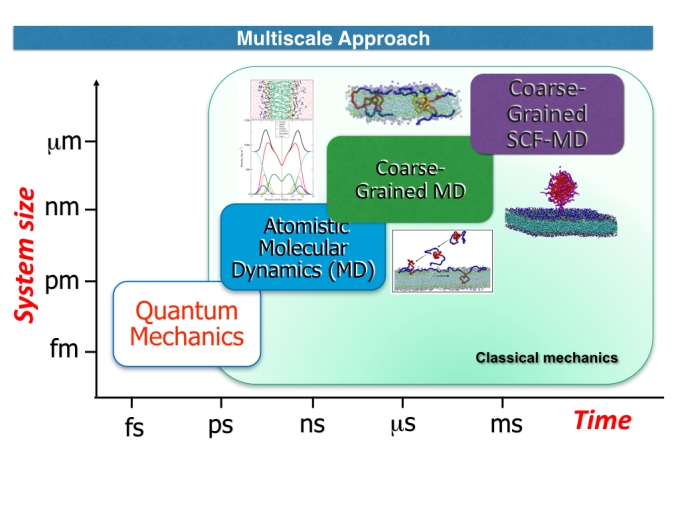On 3rd February 2016, Danilo Roccatano visited the School of Computing Science of the University of East Anglia in Norwich hosted by Dr Steven Hayward. He gave the invited seminar:
Study of Interaction Mechanisms of Block Copolymers with Biological Interfaces
Abstract
Polyethylene oxide and polypropylene oxide homopolymers, as well as block copolymers based on them (Poloxamers or Pluronics®) have many applications in biotechnology and in pharmacology. This versatility is due to their biocompatibility and tuneable properties. Still, the molecular mechanisms of their interactions with biological systems remain not fully investigated. A powerful and versatile approach to study these processes is the Molecular Dynamics (MD) simulation method that allows exploring these systems on scale of a different order of magnitude in length and time. In the last years, we have developed for these purpose full atoms and coarse-grained models of these polymers that have been successfully tested against several experimental data in solution, and at the interface with lipid bilayers. Using a recently proposed and developedSelf-Consistent density Field MD method, we also accomplished to perform large-scale simulations study of polymeric micelles formation and their interaction with lipid bilayers. These results have unrevealed possible mechanisms of single polymer and micelle interaction with lipid bilayers. In this talk, I will summarize the main achievements and future directions of these studies.

